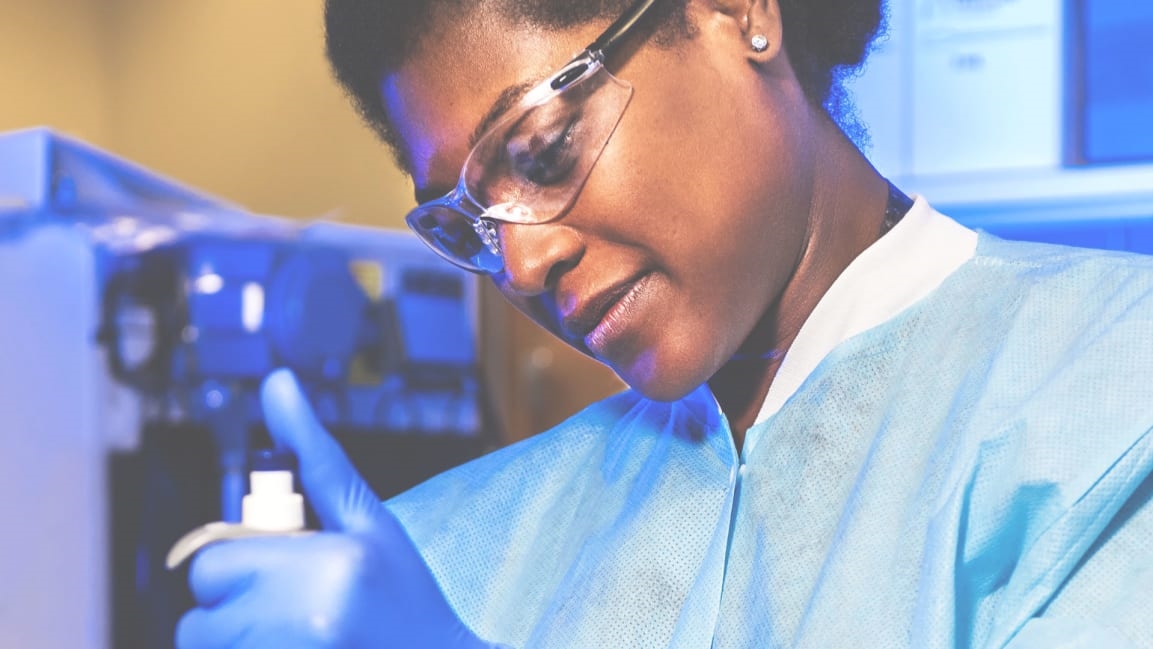Women are leading us through the pandemic. They should be leading our country next
Women lead from wherever they are, and that’s never been more true than during the COVID-19 crisis. Women are on the front lines. They are the majority of critical healthcare workers, nurses, and aides. Women make up the majority of essential but low-paid workers serving as our grocery store clerks. And women, like always, are taking on the brunt of work at home to serve the needs of our children and households.
Women are leading the communal response. The stories of resilience are countless: the little free libraries turned into little free grocery stores. The women and girls crafting thousands upon thousands of last-line-of-defense face masks. The female bakers and chefs, caterers and florists, small business owners, and teachers offering resources to in-need neighbors, even if it impacts their ability to sustain beyond the crisis.
And while massively underrepresented, women are also leading from elected office. Rep. Nita Lowey led the passage of the Families First Coronavirus Response Act, the first coronavirus response package, for $5.2 million in federal funding to expand paid sick leave for some employees. Sen. Amy Klobuchar advocated for internet access for rural families and students, and introduced the Keeping Critical Connections Act. Rep. Susan Brooks has been working on the Pandemic and All Hazards Preparedness and Advancing Innovation Act (PAHPA) since 2006, further proof that women are thinking ahead years in advance. Sen. Kamala Harris led a letter to 36 large corporations urging them to provide paid leave protections for all of their workers during the pandemic. Rep. Jackie Walorski handed out food in Indiana, while Councilwoman Vanessa Gibson, who represents Bronx’s 16th Council District, did the same through FreshDirect.
But as we look to examples of female world leaders from our vantage point as a nation ranked 76th for our representation of women in elected office, our country’s vulnerabilities and lack of preparedness in all aspects are exposed at the exact moment when we need women’s leadership more than ever in order to survive. For all the good women across the country are doing, our response to this crisis risks becoming a rhythm that we collectively normalize. It’s numbing. How long can we live in this fight-or-flight mode? Women can’t continue cleaning up other people’s messes, we need them in places to prevent the mess from ever happening.
The women who are getting things done during this pandemic—the doctors, nurses, part-time workers, those in the gig economy—are the exact women we want and need to represent us. Those closest to the pain—those who act in crisis and keep charging forward—understand the needs of Americans more than anyone else. And if we don’t prioritize women’s leadership, our country will pay a price.
The research is very clear on this: Women step up to run for office when they know no one is coming to save them. Last month, She Should Run saw a surge of interest from women stepping up to explore a run for office when it became clear that once again no woman would be at the top of the ticket. In 2018, women ran for office in record numbers in response to Donald Trump’s 2016 election. The COVID-19 crisis—and America’s slow and flat-footed response to it—represents another opportunity for women to harness their fury, and their competence, to lead where leadership is currently lacking. It’s the newest opportunity for people to rally around get-it-done women candidates.
With COVID-19, we are at a profound crossroads as a country and society. The pandemic is highlighting and exacerbating every social, political, and racial fault line that threatens the livelihood of millions of Americans—particularly women who lack true representation in rooms and halls of power at this critical time. Building a healthy democracy cannot be put on hold while we are in survival mode. We can’t sacrifice the micro for the macro, or the macro for the micro. Doing so will only put us back decades in our ultimate goal to build a government that looks like the people.
While it feels no longer top of mind, it is still an election year, and we have to keep our foot on the gas. That is why She Should Run is leaning into and enhancing our virtual offerings of connection and community to encourage more women to consider a run for office. We cannot press pause on building the political pipeline—we need more women to run for office, and we’re going to need to be organized, mobilized, and ready to run when social distancing is over.
For now, we have to lead from where we are, as we will. Our eyes will be on our current leaders and how they are handling this crisis. And come fall, we’ll vote on those who represent the voices we believe can best carry us forward. But the reality is that our ballots won’t look like our communities. If we want to build a very different future, it is at this moment that we have to recognize the incredible women who are leading in crisis in all different ways—and encourage them to run for office.
Erin Loos Cutraro is the founder and CEO of She Should Run, a nonpartisan nonprofit promoting leadership and encouraging women from all walks of life to run for public office. Since its founding in 2011, more than 26,000 women have been encouraged to run for office through She Should Run’s efforts, and more than 18,000 women have indicated they are preparing for a future through She Should Run’s flagship program, the Incubator.
(31)



